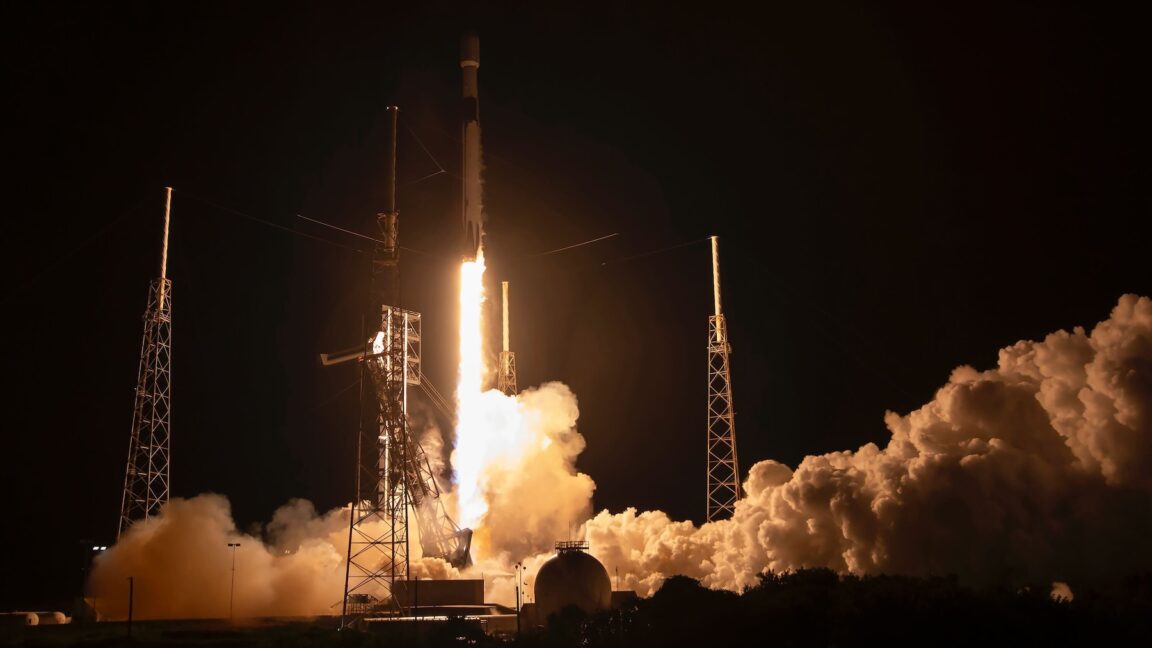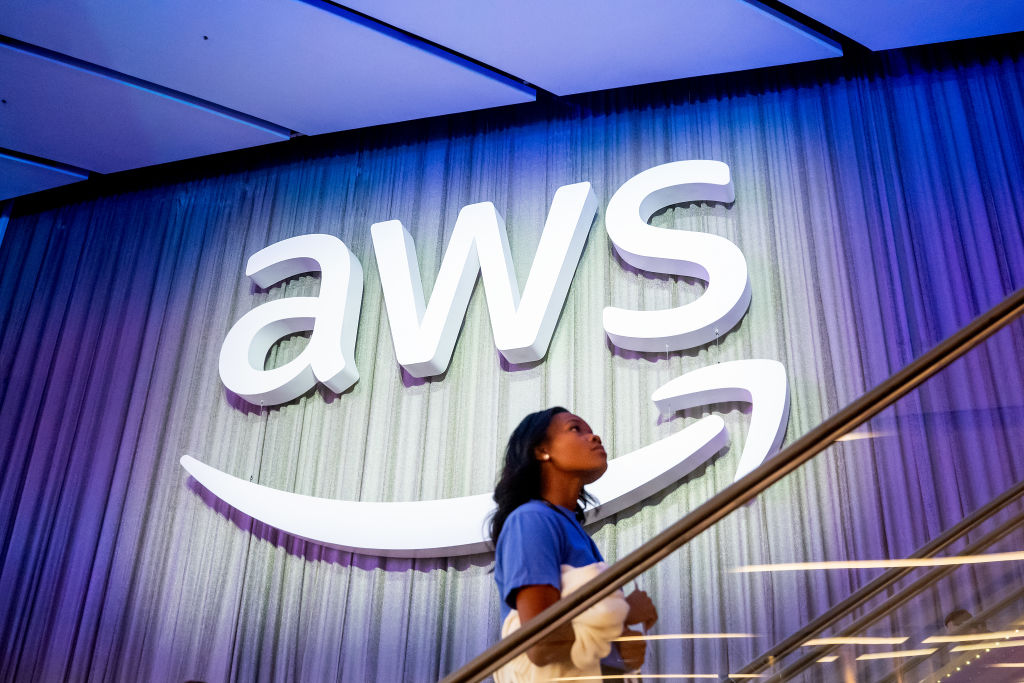In a remarkable confluence of corporate giants, Amazon has successfully launched 24 satellites for its Project Kuiper initiative, aimed at revolutionizing internet access worldwide. The liftoff, which took place on July 16, utilized SpaceX's Falcon 9 rocket, a potent symbol of the emerging collaboration between Jeff Bezos and Elon Musk. This partnership is particularly striking given their fierce rivalry in the satellite broadband market, where both companies vie for dominance and innovation.
The
Did You Know
Bananas are berries, but strawberries aren't.
?
AD
launch unfolded just hours after SpaceX deployed another batch of Starlink satellites, intensifying the ongoing competition between the two enterprises. Amazon's goal is audacious: to establish a constellation of 3,232 satellites that will offer affordable and high-speed internet to underserved communities globally. As of this deployment, Amazon has successfully launched 78 units, marking a significant milestone in its ambitious campaign to democratize internet access.
Beyond mere corporate maneuvering, this event also bears historical weight, coinciding with the anniversary of the Apollo 11 mission that first took humans to the moon. In a field where collaboration is often overshadowed by rivalry, this alliance between Amazon and SpaceX illuminates the potential for joint strides in technology and space exploration. As they work together, albeit with a competitive edge, both companies are poised to redefine how millions connect to the digital world, igniting a new chapter in the race for satellite-powered broadband.
Q&A (Auto-generated by AI)
What is Project Kuiper's main goal?
Project Kuiper aims to provide low-cost, high-speed internet access globally, particularly in underserved areas. Amazon plans to deploy a constellation of 3,236 satellites in low Earth orbit to achieve this. By leveraging satellite technology, Kuiper seeks to compete with existing services like SpaceX's Starlink, enhancing connectivity for both residential and commercial users.
How does Kuiper compare to Starlink?
Both Project Kuiper and Starlink aim to deliver broadband internet via satellite, but they differ in scale and approach. Starlink, operated by SpaceX, has already launched thousands of satellites and offers service in many regions. Kuiper, on the other hand, is in the earlier stages of deployment, with plans for 3,236 satellites and a focus on launching its service later this year, making it a direct competitor in the growing satellite internet market.
What technology powers Kuiper satellites?
Kuiper satellites utilize advanced technologies such as phased array antennas and low Earth orbit (LEO) positioning to provide high-speed internet. These technologies enable the satellites to maintain stable connections and reduce latency, crucial for effective broadband service. The design also includes capabilities for dynamic beamforming, allowing for efficient data transmission to users on the ground.
What are the implications of this launch?
The launch of Project Kuiper satellites signifies increased competition in the satellite internet sector, which could lead to lower prices and improved services for consumers. It also highlights a rare collaboration between rivals, as SpaceX, a competitor, is facilitating the launch. This partnership may reshape industry dynamics, prompting other companies to innovate and accelerate their own satellite deployment plans.
How many satellites does Amazon plan to deploy?
Amazon plans to deploy a total of 3,236 satellites for Project Kuiper. This extensive constellation is designed to provide comprehensive global coverage, ensuring that internet access reaches remote and underserved regions. The recent launch added 24 satellites to the existing fleet, marking a significant step toward achieving full deployment.

















